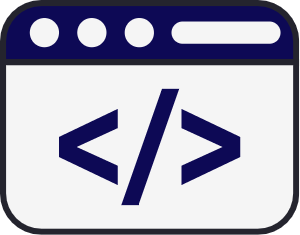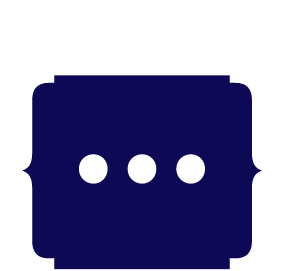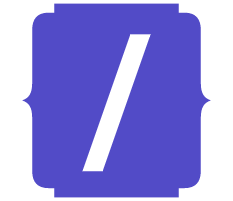We are thrilled to share that our inaugural National Code & Robotics Competition (NCRC) 2025 has officially concluded—and what a spectacular journey it has been! From the spark of an
🎉 We’re thrilled to announce that our brilliant young minds have swept the podium at RoboCup Singapore 2025, clinching 1st, 2nd, and 3rd place among nearly 2,000 participants! 🏆🥈🥉 We
Competitions provide an enriching platform where your child can apply their learning, face challenges, and cultivate critical skills such as problem-solving, teamwork, and creativity. Beyond just winning, these experiences instill
The kids excelled with incredible dedication, bravery, and determination. Their ability to overcome obstacles and keep pushing forward was truly remarkable. A special shoutout to all the parents whose unwavering
The books follow The Lab Education Framework. The framework has been carefully crafted to integrate mathematics and important cognitive skills to create a holistic approach to learning coding concepts. The
We are thrilled to announce the outstanding performance of our students in their first year at the prestigious Hwa Chong Infocomm Challenge! This competition, renowned for its rigorous standards, tests
Senior Team Achievement Our senior team demonstrated their advanced coding prowess and strategic thinking, earning a remarkable 3rd place in the competition. Their hard work and innovation paid off, placing
The curtains have fallen on the National Robotics Competition 2023, and what a journey it has been! We are thrilled to extend our heartfelt thanks to the incredible parents and
With the conclusion of The Lab Thinkers Competition 2023, The Lab Singapore is proud to announce the following students as our esteemed award winners: 1st Place – Myra Gautam2nd Place


